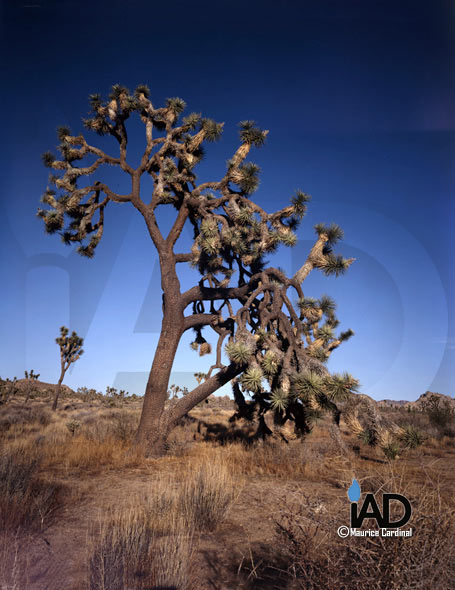Blockchain Art – Preamble – 1 of 2 in the series
By Maurice Cardinal
If you don’t know what a blockchain is and how it impacts art, you’re not alone.
It’s hard to understand, but once you do, a brand new world opens up immediately.
Almost everyone has some type of artistic talent. With substantial practice, making art is relatively easy, and fun. It’s why so many people do it.
Selling art however is the hard part.
With all the information at our fingers, almost anyone today can be a “successful” artist if they also learn a few basic sales skills, but creative types usually don’t have that type of interest or drive.
Success as an artist means selling your work to support yourself. If you have to keep a day job, or a spouse supports you, you’re more of a dabbler, and that’s fine too, but if you’re serious about being an artist, you have to get serious about the full cycle from creation to selling.
This article is for devoted artists, those committed to creating art fulltime and having their work hang on the walls of others beyond family, friends, and therapy tea klatches.
The definition of a true artist is easier to understand when you compare it to other aspects of life, for example a teaching profession. If you are paid by a certified institution to teach a curriculum, you’re a teacher. If you teach your kid to toss a baseball or cook, well, you’re a parent. Same thing with art.
Statistically, most people today practice art for fun and meditative therapy, and for the calm or stimulation it brings. A very few occasionally produce something a stranger would pay to display on their large screen TV or wall. Some also pick up a brush or a camera to satisfy a creative addiction. It’s all good, but it doesn’t define or qualify you as an artist.

Consider for a moment that a contemporary art gallery is the prototypical middleman, and similar in some respects to a dating site for lonely artists and skeptical buyers. In reality, one usually doesn’t get married after the first date, just as aspiring artists rarely grace gallery walls. It takes time to form a relationship. Space is reserved for the fulltime and elite artist who already sells his or her work.
Not all galleries are alike. Friendly, and transparent artist-owned studio galleries where artists collaboratively manage the space, and where they work and sell pieces in creative environments is a more welcoming experience for art buyers.
Artists-owned studio galleries are great places to connect with artists and form long and productive relationships.
We can also buy art at fairs and auction houses, but again these spaces are exclusively reserved for fulltime elite artists in the here and now, or, who have long passed. The cost to buy in is exorbitantly high, however, the quality of art seen in these spaces isn’t always high, as is sometimes demonstrated by art that lacks soul and still sells for mega millions. Perception of beauty is in the eye of the beholder, and especially the beholder who looks at art as an investment.
As the internet blossomed websites presented artists with an opportunity to create one-on-one relationships with buyers similar to the dynamic experienced at artist-owned studio galleries. Progressive artists, especially millennials, embrace the internet and have tremendous success, but in true art therapy style, most still struggle in obscurity and shyly hide their works in their closets.
Social media popped up relatively recently and once again redefined the marketing landscape for artists. Once more, a small group capitalized on it and had incredible success, but most artists missed the opportunity, often incessantly complaining the market had gone flat. It hadn’t though. The art market moved and most artists failed to move with it.
Well here we are one more time; the cosmos, in less than a twenty year span, is offering up yet another incredible opportunity for artists and galleries. It’s a second bona fide paradigm shift in less than two decades greater than anything we’ve ever seen that helps artists not only sell their work, but also protect and make it even more readily available and accessible.
Want to learn about Blockchain & Art … scroll down or click here to keep reading
Contact the author, Maurice Cardinal for more info regarding Blockchain Art
